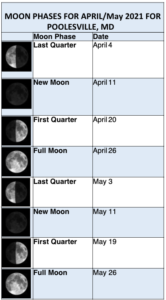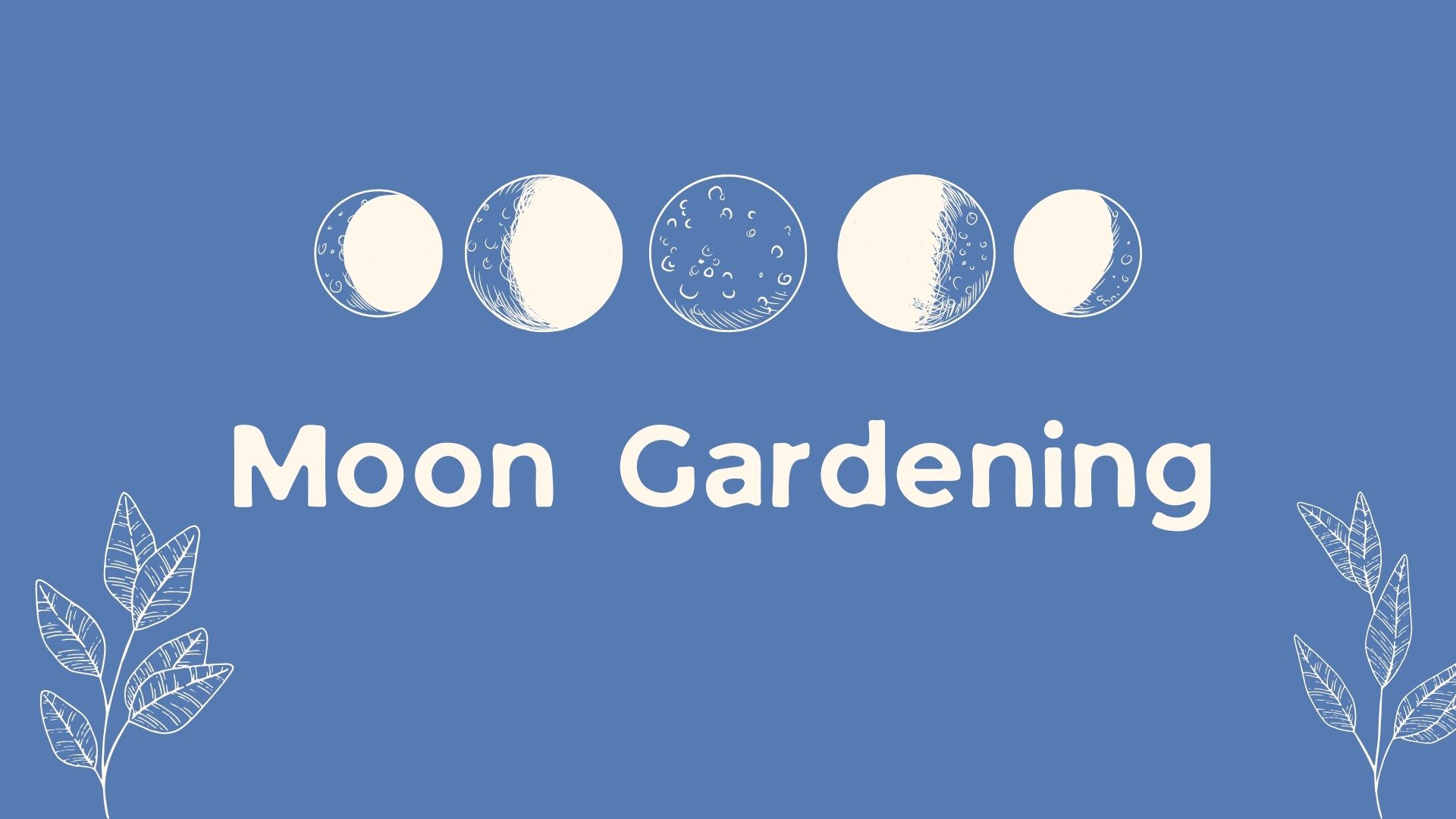People have been gardening by the phases of the Moon since the ancient Romans. They associated the waxing and waning tides with the phases of the Moon. While the visual changes in the phases of the Moon have no direct effect on gravity, they do coincide with the position of the Earth in relationship to the Moon. That proximity does affect the Moon’s gravitational pull on the Earth. The Moon’s gravitational pull causes the Earth’s tides to rise and fall. Plants use gravity and other environmental clues to guide their growth. Scientists call this gravitational effect on plant growth gravitropism. Some gardeners take advantage of that gravitational pull to plant a healthier, more productive garden using the following guide. During the “waxing” (increasing) phases of the Moon, the water table rises, plants take up nutrients and germinate faster.
New Moon: Plant leafy vegetables that grow above ground.
First Quarter: Plant beans, peas, tomatoes, vine crops that form internal seeds.
During the “waning” (decreasing) phases of the Moon, the water table is lower, and sap runs slower.
Full Moon: Plant root vegetables, weed or prune.
Last Quarter: This is a dormant period for the garden, no planting or pruning. It is a time for garden maintenance: weed, mulch, and turn compost.
If you want to try this theory, consult the Old Farmer’s Almanac planting calendar and the chart below. 

